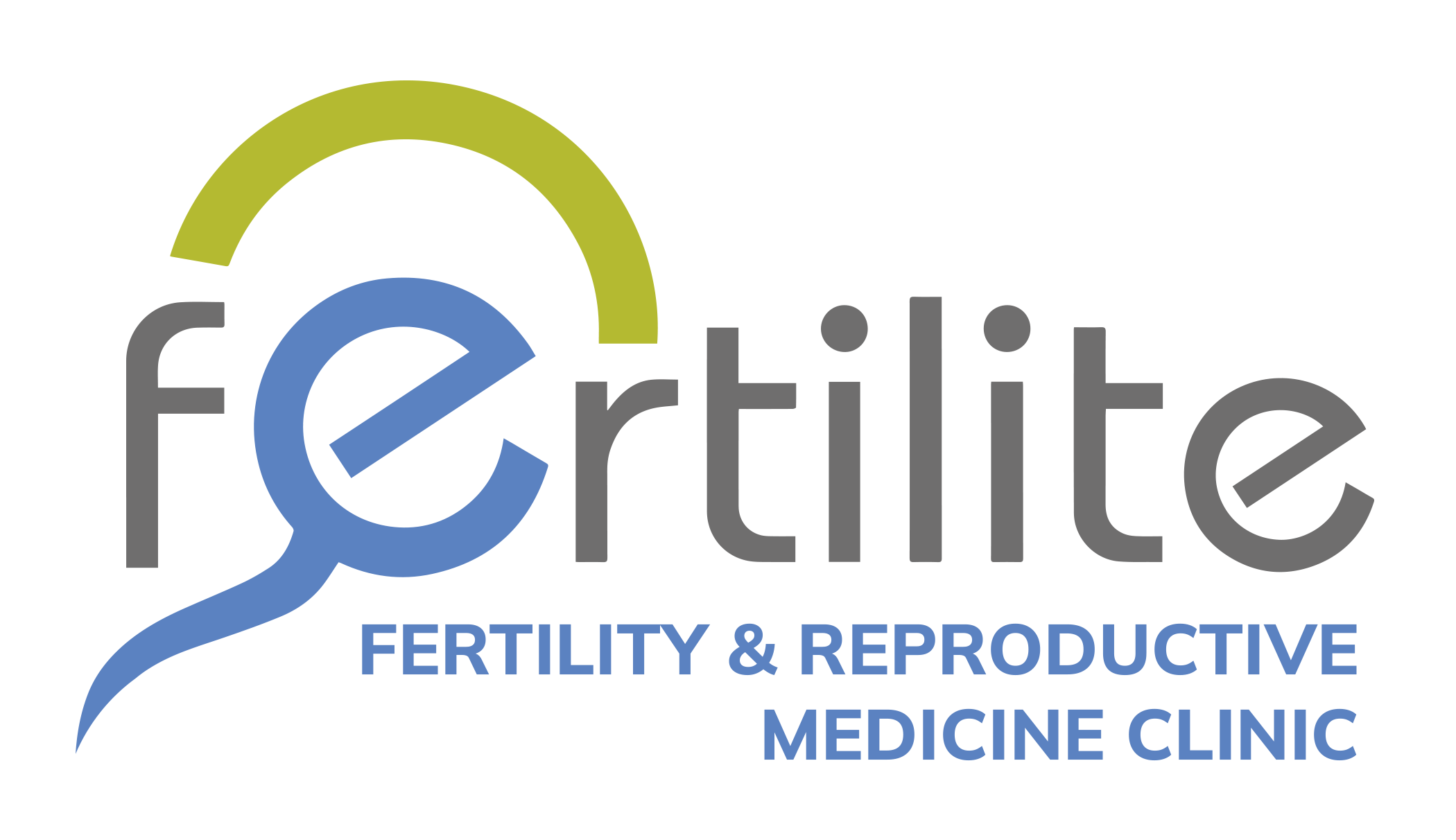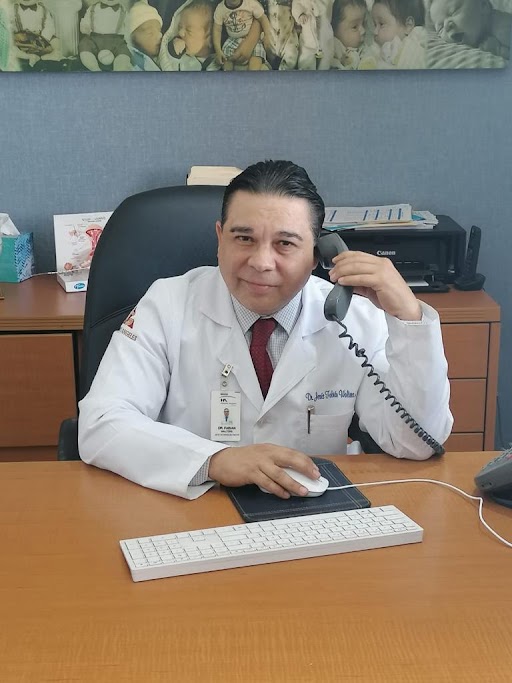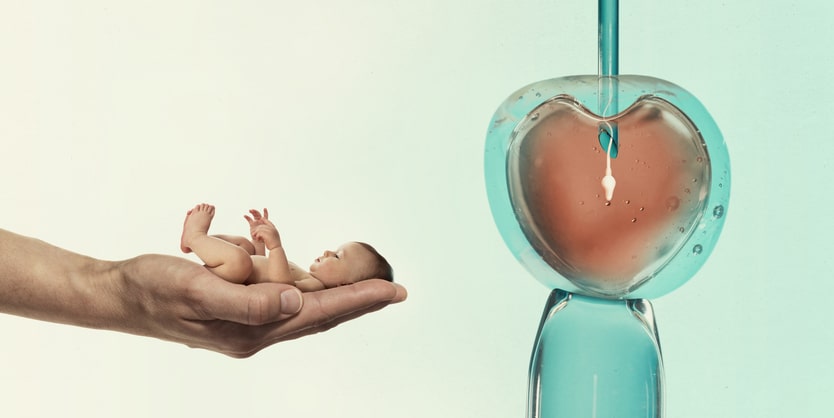The ROPA Method: A Shared Journey to Motherhood
The ROPA method, which stands for Reception of Oocytes from the Partner, is a groundbreaking fertility technique that enables same-sex female couples to share motherhood through in vitro fertilization (IVF). In this process, one woman provides her eggs, while the other carries the pregnancy. This allows both partners to play an active and biological role in bringing their baby into the world. For couples in Southern California, including the San Diego / Tijuana border region, the ROPA method opens up particular opportunities. Many patients of the Fertilite Center travel from South California (Los Angeles, Orange County, Inland Empire) and San Diego to clinics in Baja California (such as Tijuana) — so we’ve tailored this content for you. The ROPA method IVF approach not only strengthens emotional bonds between partners but also allows them to participate equally in conception and pregnancy. As acceptance of diverse family structures grows globally, this method has become one of the most empowering and meaningful fertility treatments available for IVF in lesbian couples.What is the ROPA Method?
The ROPA IVF method is a type of IVF for lesbian couples that combines medical precision with emotional connection. It is ideal for female couples who wish to share both the biological and gestational aspects of parenthood. One partner (the egg donor) undergoes ovarian stimulation to provide eggs, while the other partner (the gestational mother) receives the embryo and carries the ROPA pregnancy. Couples may choose this method for emotional, biological, or medical reasons, such as:- Poor egg quality or absence of eggs
- Ovarian dysfunction or surgical removal of ovaries
- Genetic or chromosomal abnormalities
- Risk of hereditary disease transmission
- Previous IVF failures
How Does the ROPA Method IVF Work?
The ROPA IVF process is similar to traditional IVF, with a few key differences designed for same-sex couples.1. Ovarian Stimulation
The partner donating eggs receives hormonal treatments to stimulate the ovaries and produce multiple eggs. Ultrasound and blood tests help monitor follicle growth.2. Egg Retrieval
Once mature, the eggs are retrieved through a short, minimally invasive procedure under sedation.3. Fertilization
The retrieved eggs are fertilized with donor sperm in the laboratory. Embryos are then carefully monitored for quality.4. Uterine Preparation
Meanwhile, the gestational partner begins hormonal treatment to prepare her uterus for embryo transfer.5. Embryo Transfer
A healthy, high-quality embryo is transferred into the gestational mother’s uterus to achieve a ROPA pregnancy. This gentle procedure requires no anesthesia and has a quick recovery time.Benefits of the ROPA Method for Lesbian Couples
The ROPA method offers numerous advantages for same-sex couples looking to start a family.- Shared Motherhood Experience – Both partners play essential roles in creating and nurturing a new life.
- Emotional and Genetic Connection – The child shares a genetic link with one mother while being carried by the other, creating a deep emotional bond.
- Flexibility in Roles – Couples can choose or alternate roles in future ROPA pregnancies.
- Higher Success Rates – Success often equals or exceeds traditional IVF outcomes, especially when using healthy eggs and advanced lab technology.
- Empowerment for Same-Sex Families – The ROPA method IVF empowers lesbian couples to grow their families on their own terms.
Preparing for ROPA IVF
Before starting ROPA IVF, couples should prepare both physically and emotionally. This is especially relevant when travelling from Southern California or San Diego to a clinic in Mexico (such as Tijuana) to ensure logistics and cross-border travel are smooth.- Schedule fertility evaluations for both partners—ideally at a clinic familiar with U.S. / Mexico patient flows.
- Discuss roles and expectations openly
- Maintain a balanced diet and lifestyle
- Seek emotional counseling if needed
- Review clinic success rates and legal frameworks (especially cross-border legal/parental rights).
- For couples travelling to clinics in Tijuana: plan for travel, lodging, border-crossing time, and any potential changes in U.S.-Mexico border policy (see next section).
ROPA Method vs. Traditional IVF for Lesbian Couples
While both involve similar medical procedures, ROPA IVF uniquely includes both women in motherhood.| Aspect | Traditional IVF | ROPA Method IVF |
| Egg Donor | Usually anonymous or external donor | One partner donates eggs |
| Gestation | One person carries pregnancy | The other partner carries the embryo |
| Genetic Connection | Only one parent | Both partners share biological connection |
| Legal Recognition | Depends on jurisdiction | Often recognizes both partners as legal parents |
ROPA Method Cost: What to Expect
The ROPA method cost varies depending on the clinic, country, and medical complexity. On average:- Base ROPA IVF cycle: $7,000–$15,000
- Donor sperm: $500–$1,500
- Medication: $1,000–$4,000
- Additional procedures (genetic testing, embryo freezing): Optional
ROPA IVF Success Rates
The success of a ROPA pregnancy depends primarily on the age and health of the egg donor partner. At advanced fertility centers like Fertilite Center, success rates can reach up to 70% per cycle for younger egg donors. Factors influencing success:- Age and ovarian reserve of the egg donor
- Quality of donor sperm
- Embryo development stage
- Uterine health of the gestational partner
Emotional and Psychological Aspects
Choosing the ROPA method is as much an emotional journey as a medical one. Many IVF lesbian couples report a stronger bond and greater sense of shared purpose.- Relationship Strengthening: Sharing the process helps couples feel equally involved in parenthood.
- Identity Building: The ROPA method fosters a unique family identity rooted in love, equality, and cooperation.
- Emotional Support: Counseling or support groups can help manage stress and expectations during treatment.
Legal Considerations for ROPA IVF (Southern California & Tijuana)
- Legal Recognition
- Varying Jurisdictions
- Cross-Border Legal Guidance Consulting a family-law expert with experience in U.S.–Mexico cross-border fertility cases ensures both partners have full parental recognition from birth.
Border Policy & Travel Considerations from South California / San Diego to Tijuana for IVF
Since many Southern California and San Diego residents travel to Mexico (e.g., Tijuana) for assisted reproductive treatment, it’s important to understand how recent border-security and immigration policy changes may impact your plans.Recent policy changes
- The U.S. administration under President Trump issued executive orders to strengthen and secure the southern border. For example, Executive Order 13767 directed walls and other barriers along the U.S.–Mexico border.
- In January 2025 Trump’s administration reinstated the “Remain in Mexico” policy (officially the Migrant Protection Protocols) requiring some asylum-seekers to wait in Mexico while their U.S. cases are processed.
- These changes reflect increased scrutiny of cross-border migration. While they target asylum and immigration flows, they raise general awareness of border security, delays, scrutiny and the need for legal travel compliance.
How this affects IVF travel to Tijuana
- Border-crossing time & unpredictability: Tijuana–San Diego border wait times may increase due to heightened security measures, which could affect travel schedules for retrievals, transfers or accommodation stays. Planning extra buffer time is wise.
- Documentation and travel: Be sure U.S. citizens, U.S. residents or international travellers have appropriate travel documentation (passport, visa if needed) when crossing into Mexico and returning into the U.S. — including after a medical stay.
- Clinic scheduling: Because cross-border travel may face delays, coordinate clinic appointments (stimulations, retrieval, embryo transfer) with enough built-in margin for border delays.
- Accommodation & travel logistics: Consider staying close to the border or clinic in Tijuana, and factor in the time to return to the U.S. after your procedure. Some couples return the same day; others stay overnight or longer.
- Legal and regulatory awareness: As border and immigration policy become more dynamic, border-crossing rules for non-immigration purposes (such as medical travel) may shift. Keeping abreast of U.S. Customs & Border Protection (CBP) and Mexican immigration updates is prudent.
- Contingency planning: Have contingency travel plans in case of unexpected border closures or delays — for instance due to security incidents, immigration-policy shifts or other disruptions.
- Clinic selection with border experience: Choose a fertility clinic (like Fertilite Center) experienced in serving patients from Southern California/San Diego and accustomed to managing cross-border logistics. Such clinics often provide dedicated patient coordinators, travel guidance, and lodging support.
Recommended tips for same-sex couples travelling for ROPA IVF
- Book travel early and allow extra margin for border waiting times — for example, arrive the day before key procedures when possible.
- Prefer hotels or lodging within a short distance of the Tijuana clinic and border-crossing point in San Diego to minimise transit stress.
- Confirm with the clinic how they handle U.S. patients and cross-border care (appointments, lab work, embryo freezing, follow-up in the U.S.).
- Keep copies of all medical records, travel documents and insurance/consent forms both in digital and hard-copy format — helpful if any border officer requests explanation.
- Maintain communication with your logistics coordinator at the clinic so any changes (e.g., timing of transfer) can be managed with sufficient notice.
Future of the ROPA Method
With ongoing advancements in reproductive technology and growing legal recognition for same-sex families, the ROPA method IVF is expected to become increasingly accessible. Innovations like AI-assisted embryo selection, non-invasive genetic testing, and personalized fertility care continue to improve outcomes for IVF for lesbian couples worldwide.Conclusion
The ROPA method represents a major advancement in reproductive medicine, offering IVF for lesbian couples a way to share the miracle of motherhood — emotionally, biologically, and physically. With cutting-edge science, compassionate care and supportive legal frameworks, more couples can experience the joy of creating a family together. At Fertilite Center, our team provides comprehensive support, advanced reproductive technology, and personalised treatment to help every couple achieve their dream of parenthood — including those travelling from Southern California and San Diego. Together we address not just the medical process but the travel and logistic realities of cross-border fertility care. Ready to begin your ROPA journey? Contact Fertilite Center today to schedule your consultation and take the first step toward shared motherhood through the ROPA method IVF.FAQs About the ROPA Method
- 1. What is the ROPA method in IVF?
- Are lesbian couples eligible for IVF?
- How does IVF work for lesbian couples?
- How much does the ROPA method cost?
- Is the ROPA method safe?
- What are the success rates for ROPA pregnancies?
- Can both partners be legal parents?
- What are the risks of the ROPA method?
The ROPA method carries similar risks to traditional IVF, such as mild ovarian hyperstimulation, infection, or discomfort after egg retrieval. There’s also a small chance of multiple pregnancy or implantation failure, though these risks are minimized with expert medical care and personalized treatment planning.
New Update: November 18, 2025
Last Update: June 06, 2025
References:
https://pmc.ncbi.nlm.nih.gov/articles/PMC10158901/
https://www.sciencedirect.com/science/article/abs/pii/S0301211522002895
https://fertilitymadrid.com/en/fertility-treatments-and-techniques/ropa-method/
https://www.institutobernabeu.com/en/lesbian-motherhood-ropa-reception-of-oocytes-from-partner/
https://wefiv.com/en/treatments/tests-techniques/ropa-method/




